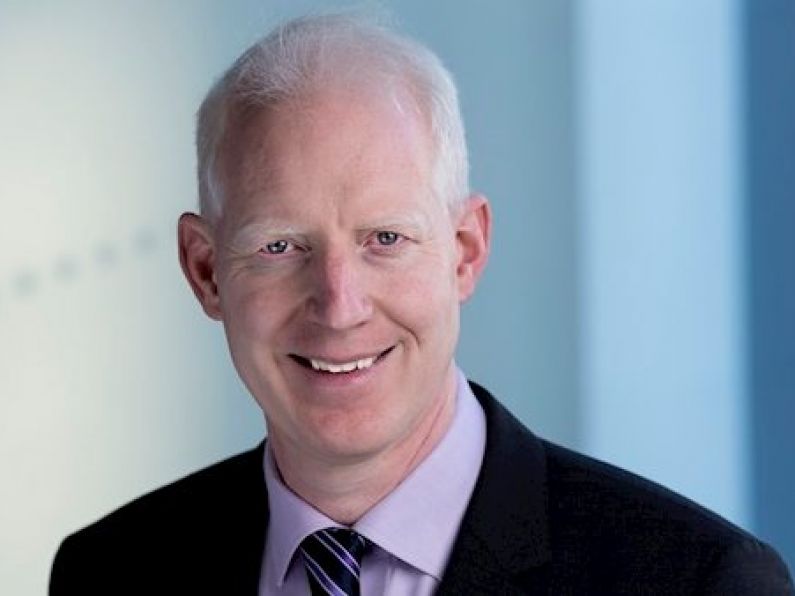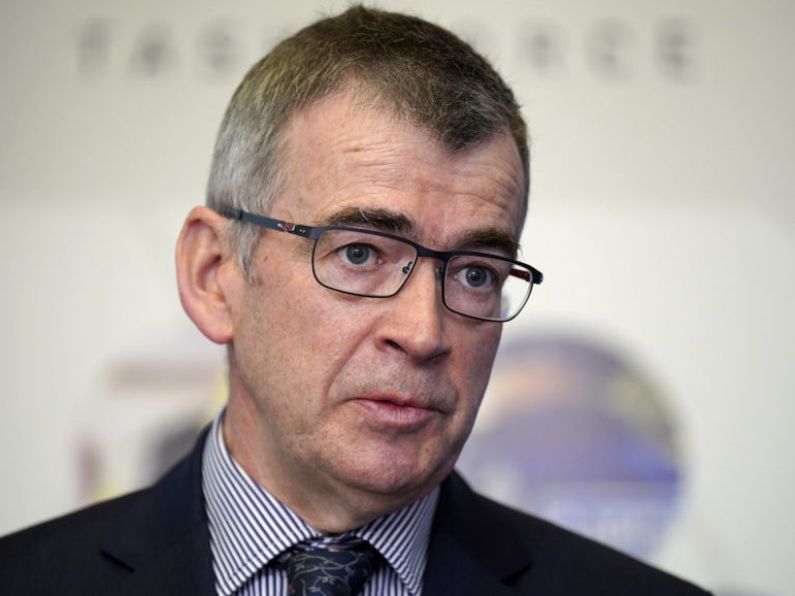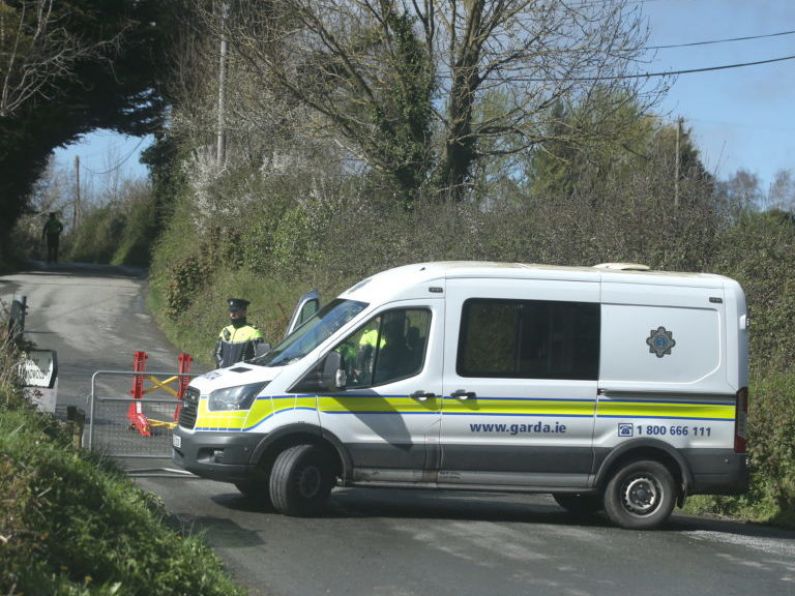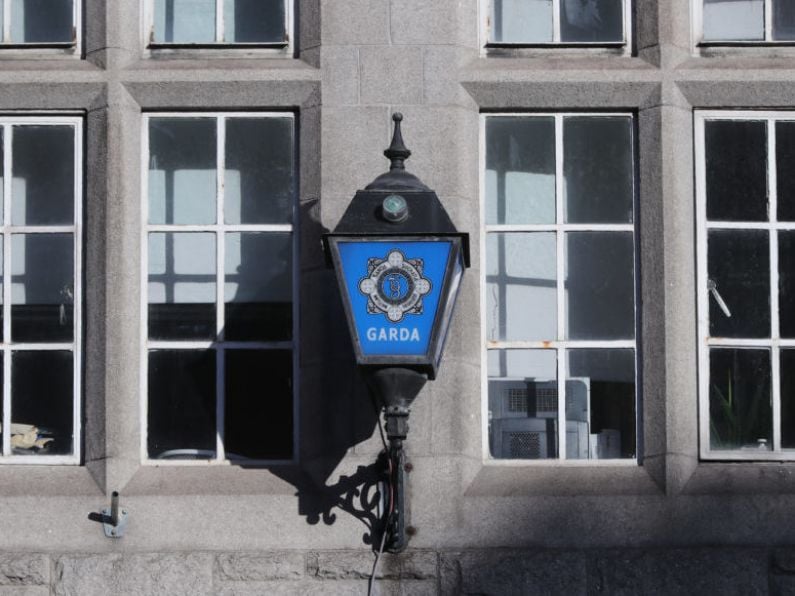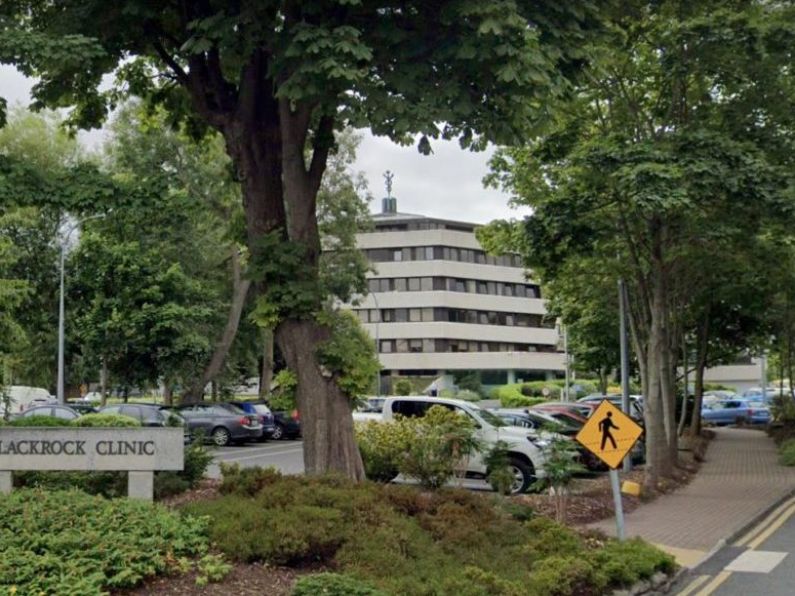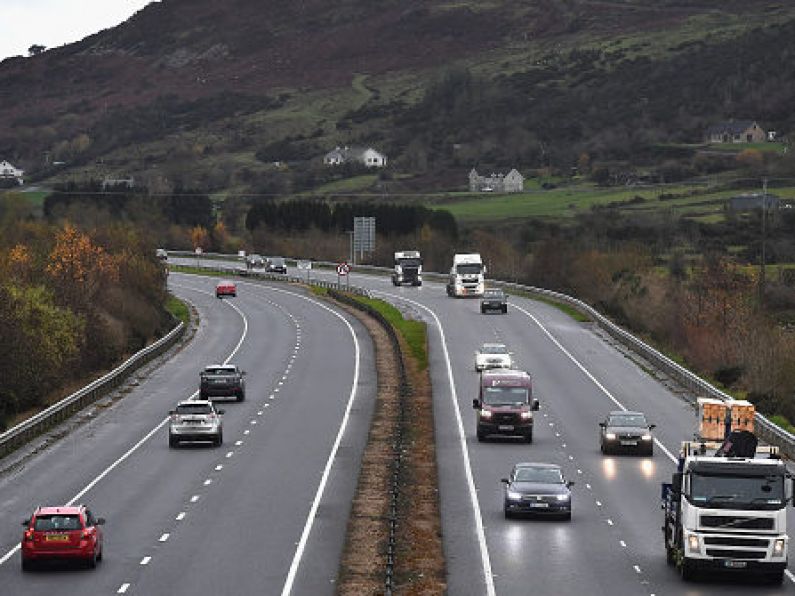By Joe Dermody
FESTIVALS and cultural events can help extend the tourism season as Fáilte Ireland seeks to help Irish hospitality providers continue the sector’s run of positive figures.
The CSO’s latest national figures show that nearly five million people visited Ireland during the first half of 2018, with overseas visitor numbers rising 7.6% in August. The 1.2 million people who visited in August marked a rise of 84,500 visits versus the same month last year. Still, Fáilte Ireland believes the country can do even better.
“We want to develop tourism so that people working in the hospitality industry have a year-round job,” said Paul Kelly, CEO of Fáilte Ireland. “In terms of our promotions, we are doing a lot of activities around the off-season, working with people to promote festivals and cultural activities, working to develop itineraries we can promote overseas.
“We don’t promote summer holidays. We are currently promoting the Wild Atlantic Way and the Ancient East for the spring season. We are working on an approach that is looking to lengthen the seasons, and bringing people into parts of the country they have not visited before.
“We are also working with towns and villages to make sure everyone is in step together. We try to get groups in the same industry that one will close on a Monday, the other a Tuesday or Wednesday, and then everyone is open again from Thursday. They’re competing in a way that works for everyone.
“We’re happy with the overall figures, with international bed nights up around 80%; but we’re also conscious that five counties have not seen an uplift. We realised there are large parts of the country that are not benefitting from international visitors coming to Ireland. That is also part of our goal with the greater seasonal spread.”
The Midlands is the least visited part of the country. In 2017, just 41,000 foreign guests visited Leitrim, down from 49,000 in 2016.
Fáilte Ireland is working on Visitor Experience Development Plans (VEDPs) with service providers in the Ancient East, featuring signature themes of ‘Castles & Conquests’ and ‘Vikings’.
The most immediate new VEDPs on the Wild Atlantic Way will promote three peninsulas en route from Ballydehob to Kenmare, namely Mizen, Sheepshead and Beara.
The key objective is to increase overnight stays and to identify and develop further saleable experiences for 2018/19 season. In 2017/2018, Fáilte Ireland worked with key areas including: Kinsale, Courtmacsherry, Clonaklity/Roscarberry and Bantry/Kenmare.
Some people who are reading this interview this morning will be attending the ‘Get Ireland Brexit Ready’ workshops from 9:30am to 12:15pm at Páirc Uí Chaoimh. Paul Kelly is among those addressing the event, along with Simon Coveney, Tánaiste and Minister for Foreign Affairs and Trade, and Niall Gibbons, CEO of Tourism Ireland.
“Brexit is the big cloud on the horizon,” said Paul Kelly. “There are huge risks for the sector. If there is further weakening of sterling, fewer people from England, Scotland, Wales and Northern Ireland will come here. In fact, we will also lose domestic trade as more Irish people will holiday in the UK.
“We are helping people work to minimise the hit from Brexit by diversifying their markets, and by working to be more competitive. We need a plan as this is a significant risk to tens of thousands of jobs. The UK is a big source of visitors; it is also one of our main competitors.”
Around 1pm today, they will formally launch Fáilte Ireland’s new tourism office on Patrick Street, which has been attracting a steady stream of visitors this summer. The new office will give information more than 100,000 people over the course of this year.
This hub has replaced the old office on the Grand Parade. Visitors say they prefer the one-to-one informal chats in booths in preference to the previous long reception desk.
“We have upgraded the technology and the layout,” said Paul Kelly. “We find that while a lot of people source information online via their mobile phones, more than 50% of people say they still prefer face-to-face communications. The tourist office still has a vital role to play.”
When it comes to bringing in key overseas buyers and media influencers, Fáilte Ireland works hand in hand with Tourism Ireland. Cork offers a good model for how all these promotional strands come together. Some 168 international buyers and 128 media have visited Cork in recent years.
While the southern capital was hit hard by the global economic crisis from 2008 onwards, it is now buzzing again. Cork welcomed 2.7 million tourists in 2017 (59% overseas, 41% domestic) who spent €833 million.
Cork welcomes 18% of overseas tourists to Ireland and 13% of spend. The county accounts for 12% of domestic trips and 11% of associated revenue. Average growth in hotel occupancy in the IAE region was +3% (2017 vs 2016) and Revenue growth was +6.1% (2017 vs 2016).
The year-round spread of these visitor numbers is key to sustaining jobs in the region. Around 240,000 jobs nationally are sustained by overseas tourism. Around 25,000 of these jobs are in Cork.
Fáilte Ireland has previously made capital investments of over €30m in Ireland’s Ancient East. Recent announcements of funding from its new Storytelling Interpretation Grants Scheme include: St Mary’s Collegiate Church, ‘Giving Voice to the Story of Youghal’; the Old Cork Waterworks Experience; Fota House, the ‘Fota House Interpretation Project’; and Cork Public Museum, ‘Reimagining Ancient Cork’.
In terms of festivals, in 2018 Fáilte provided almost €179,750 for festivals in Cork including Cork International Choral Festival, Guinness Cork Jazz Festival, West Cork Music (West Cork Chamber Music Festival, West Cork Literary Festival & Masters of Tradition) and the Laya City Spectacular.
Fáilte Ireland also provides business supports and programmes in the region for industry including customer service excellence programme, merchandising training, revenue management and craft experience development.
The threat of Brexit apart, all of the figures suggest that these targeted investments are paying dividends.
